Key Takeaways:
- OMOP Defined: The Observational Medical Outcomes Partnership (OMOP) is a common data model for organizing healthcare data from various sources.
- Objective: OMOP aims to standardize and integrate diverse healthcare data facilitating analysis and research.
- Data Structuring: It organizes data into standard tables and fields (observations, procedures, drug exposures, conditions, etc.), enhancing analytics across datasets.
- Enhanced Analysis: A common data model allows for larger data pooling, increasing statistical power in analysis.
- Privacy Protection: OMOP prioritizes patient privacy, using de-identified data while retaining analytical utility.
What is OMOP Data?
OMOP represents a collaborative effort to standardize the transformation and analysis of healthcare data from diverse sources. Its goal is to optimize observational data for comparative research and analytics. The OMOP Common Data Model (CDM) prescribes a structured format for organizing heterogeneous healthcare data, encompassing demographics, encounters, procedures and more. This facilitates cross-platform analytics and queries. Notably, OMOP is a blueprint for data organization, not a database. It supports data standardization across platforms, leading to more robust datasets.
Key Features of OMOP:
- Vocabulary Standards: For coding concepts like conditions and medications.
- Standard Formats: For dates, codes and relational data structures.
- Person-Centric Model: Data connected to individuals over time.
- Support for Various Data Types: Like EHR, claims, registries, etc.
- Open Source Licensing: Promotes free implementation and continuous evolution of the standard.
OMOP’s standardization ensures key clinical concepts are represented uniformly, balancing analytical utility with patient privacy.
Use of OMOP Data:
OMOP facilitates practical medical research by standardizing observational data, enabling:
- Cross-platform analytics on combined datasets.
- Reproduction of analyses and sharing of methods.
- Application of predictive models across diverse data types.
- Support for safety surveillance and pharmacovigilance.
- Conducting population health studies and comparative effectiveness research.
Implemented by a variety of organizations, OMOP enables significant analytical use cases, including drug safety signal detection, real-world treatment outcome analysis and population health forecasting. By creating a common language for healthcare data, OMOP fosters data integration and analysis on a larger scale, accelerating health research.
Sources:
Observational Health Data Sciences and Informatics (OHDSI) OMOP Common Data Model Specifications https://www.ohdsi.org/data-standardization/the-common-data-model/
Hripcsak, G., Duke, J.D., Shah, N.H., Reich, C.G., Huser, V., Schuemie, M.J. et al. Observational Health Data Sciences and Informatics (OHDSI): Opportunities for Observational Researchers. Stud Health Technol Inform. 2015
Overview of the OMOP Common Data Model – HealthIT.gov https://www.healthit.gov/sites/default/files/ptp13-700hhs_white.pdf


